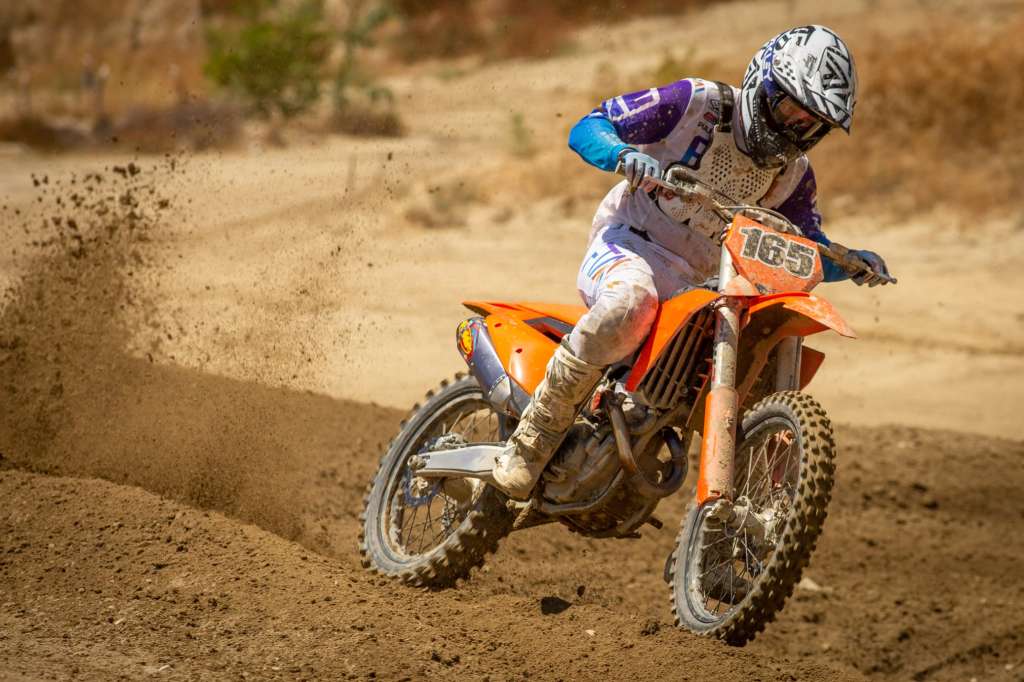Share This Article
Due to the high success rate of the MW1 linkage for the past generation models there has been much pressure for the release of the new linkage system for the new Austrian platforms. This was something that could not be rushed, as Mark and the crew over at REP wanted to make it correct. Not only did REP want to make the new system superior to its predecessor, but they needed time to test with the standard chassis. Time to collect information from a larger dataset built through months of working with the new bike and a multitude of riders. It was not until they saw strong correlations between rider comments that REP felt confident in the direction to go with new linkage.

In suspension tuning, giving someone the coveted plush top with good bottoming resistance is rarely found by doing exactly that. Generally doing the opposite results in what the rider is looking for out of the bike. Counterintuitive I know, but this was not the case for the new model. The CR22 (It’s what REP is calling their new linkage system) is a very progressive linkage on paper and this yielded rider comments of increased comfort, traction, stability and bottoming resistance.

The new linkage focused on two main functions, the first being heavy progression and the second being bike geometry via rear static ride height both to eliminate the kick many were experiencing on bump impact. Similarly, to the MW1, this system will not require a spring change, but will have a much higher rate of progression. In REP’s testing with the new chassis (in its standard form) I as well as REP found a consistent issue with the rear getting too deep in the stroke and having nowhere else to go other than sideways. By having the linkage rapidly build force from 150mm of wheel stroke to final wheel position I found the bike to be much more predictable under a load and eliminated any sudden or unexpected kicks when hitting a large bump (especially when on the edge of tire). It is confidence inspiring as they I feel the rear is calmer and can be trusted more and that it eliminated any side to side action we experienced with the standard linkage. Comments of no longer being “on the bump rubber” and “riding in a better part of the stroke” was a common theme as I downloaded information to Mark from REP. It also eased corner entry as the rear now followed the front better and the wheel stayed more connected to the ground. In addition to the high progression, the beginning of the stroke is much softer. By softening the initial, straight-line traction and drive exiting corners was vastly improved while increasing comfort. The system also raises the rear just under 5mm for improved balance and front end plant to decrease rider input needed for cornering.

Though genuine KTM bearings are used in this linkage, bearing dimensions differ from the production linkage to mitigate any issues with bearing walk and for weight reduction. The knuckle and pull rod are much lighter than stock and even comes with the option to be completed with DLC coated titanium pins if more weight savings is desired. You do not need to have your shock revalved to get the benefit of having this linkage, you can simply slap on the linkage and feel more comfort. I do feel like you need to drop your fork height with this REP linkage system while running a 104-105mm sag setting. 2.5mm fork height proved to be the setting that I thought worked best with this REP linkage system.
